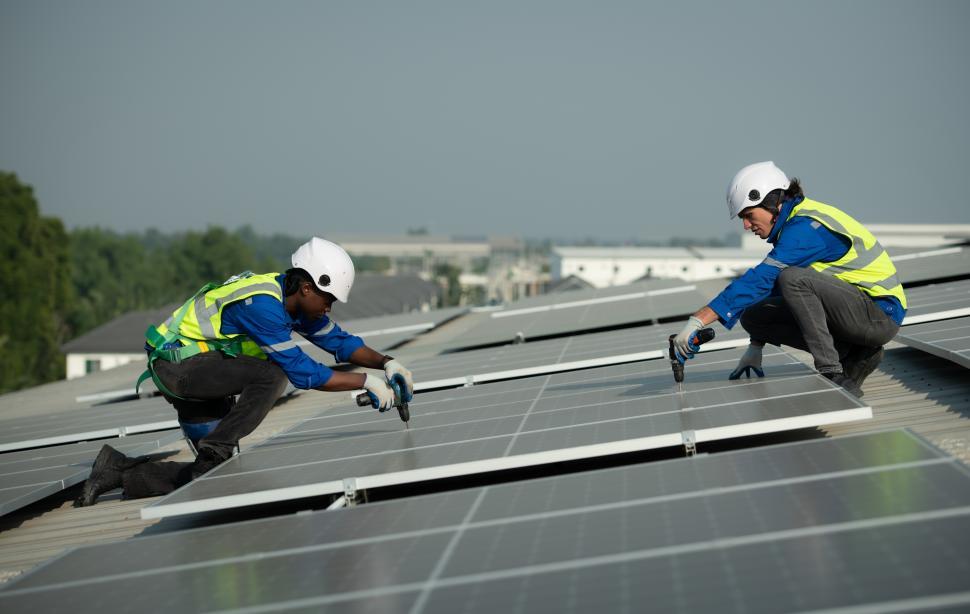
Complete Step-by-Step Solar PV Installation Guide for South Africa
From site survey to final commissioning — install your grid-tied, hybrid, or off-grid system safely and efficiently. Compliant with SANS 10160, NRS 097, and SAPVIA.

From site survey to final commissioning — install your grid-tied, hybrid, or off-grid system safely and efficiently. Compliant with SANS 10160, NRS 097, and SAPVIA.
